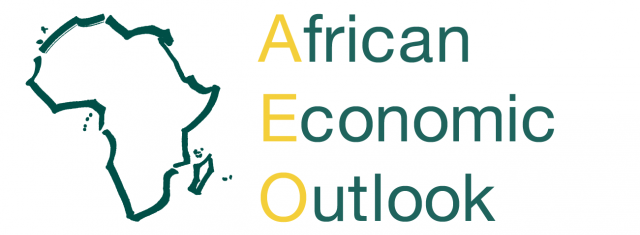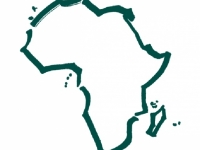Business
AFRICAN DEMAND HAS CONTINUED TO BOOST GROWTH IN MANY COUNTRIES IN AFRICA
BOOST: INVESTMENTS, CLIMATE & CONDITIONS

African Economic Outlook (Source: African Economic Outlook)
USPA NEWS -
Domestic demand has continued to boost growth in many countries while external demand has remained mostly subdued because of flagging export markets, notably in advanced countries and to a lesser extend in emerging economies.
According to the African Economic Outlook Report 2015, African exports are expected to strengthen in 2015-2016 as the world economy improves. On the supply side, many African countries have improved their investment, climate and conditions for doing business, which enhance long-term growth prospects.
So far, African economies have been relatively resilient to the sharp fall of international commodity prices. In countries where inflationary pressures have eased, policy interest rates have been reduced to stimulate growth.
So far, African economies have been relatively resilient to the sharp fall of international commodity prices. In countries where inflationary pressures have eased, policy interest rates have been reduced to stimulate growth.
The Financing For Development ““ Time for Global Action, held on 13-16 July 2015 (Addis Ababa ““ Ethiopia) is an International Event gathering high-level political representative, including Heads of State and Governement, Ministers of Finance, Foreign Affairs & Development Cooperation, plus relevant institutional stakeholders, Non Governemental Organisations and business sectors entities.
It was focussing on the following: the progress made in the implementation of the Monterrey Consensus and the Doha Declaration. Was also about adressing new emerging issues, reinvigorating and strenghening the financing for Development follow-up process. Registering commitments publicly brings more predictability and transparency to the achievement of the Financing for Development Agenda and the goals laid out.
Again, according to African Economic Outlook Report 2015, Africa is not immune to the shocks and changes in the world economy that could help or hinder its efforts to speed up integration and bring down borders. Intra-African trade is growing mostly within subregions. From 2010 to 2013, intra-African exports grew up by 50 % and by another 11,5 % in 2013 to USD 61,4 billion.
African countries have made significant strides in all dimensions of human development, comparable with other regions of the world. In 2014, 17 out of 52 African countries achieved high and medium levels of human development. However, gains are uneven with significant inequality between and within countries.
Human development levels in Africa remain much lower than the world average. Gender inequality remains a challenge. On average, the level of female human development is 13 % lower than that for males. The discrimination has a high impact on their socio-economic rights.
Human development levels in Africa remain much lower than the world average. Gender inequality remains a challenge. On average, the level of female human development is 13 % lower than that for males. The discrimination has a high impact on their socio-economic rights.
Investments Climate Africa France New York Global Action Export Financing Foreign Affairs Gouvernment Private Sector Public Sector World Economy Discimination Labour Head Of State Commodity Development Cooperation Minister Of Finance
Liability for this article lies with the author, who also holds the copyright. Editorial content from USPA may be quoted on other websites as long as the quote comprises no more than 5% of the entire text, is marked as such and the source is named (via hyperlink).






